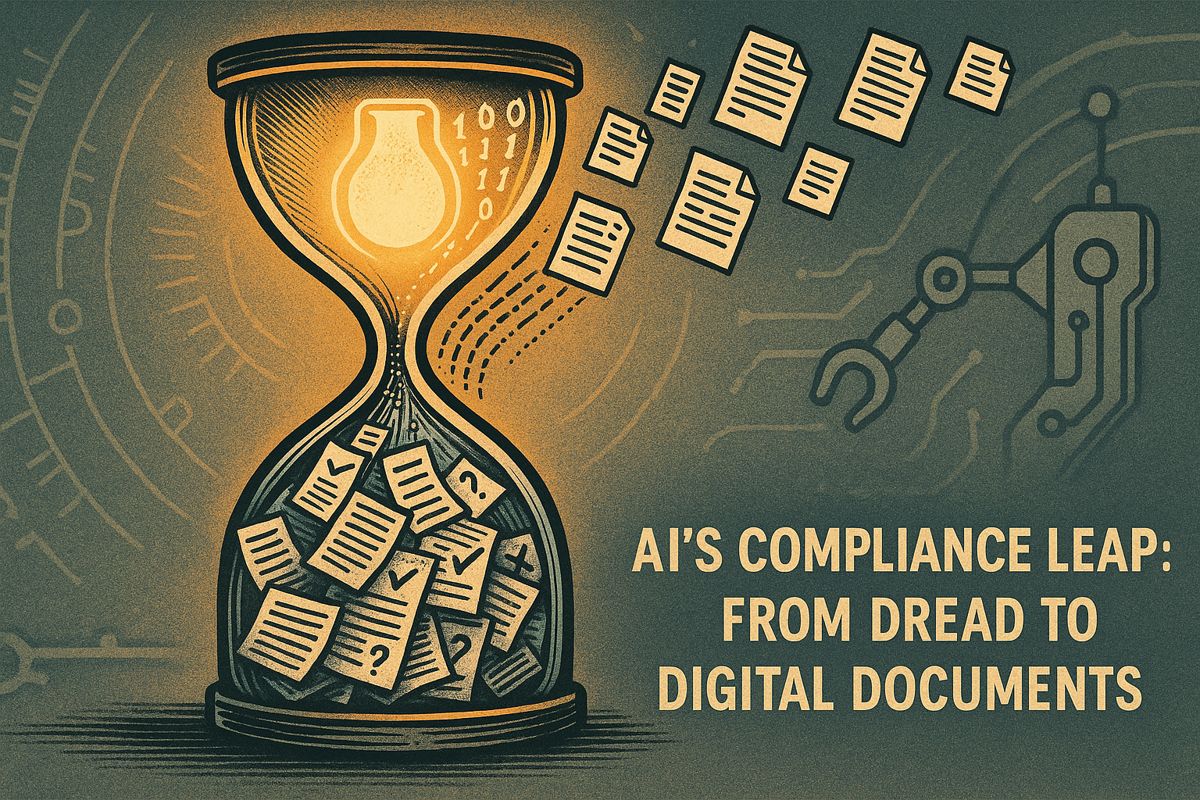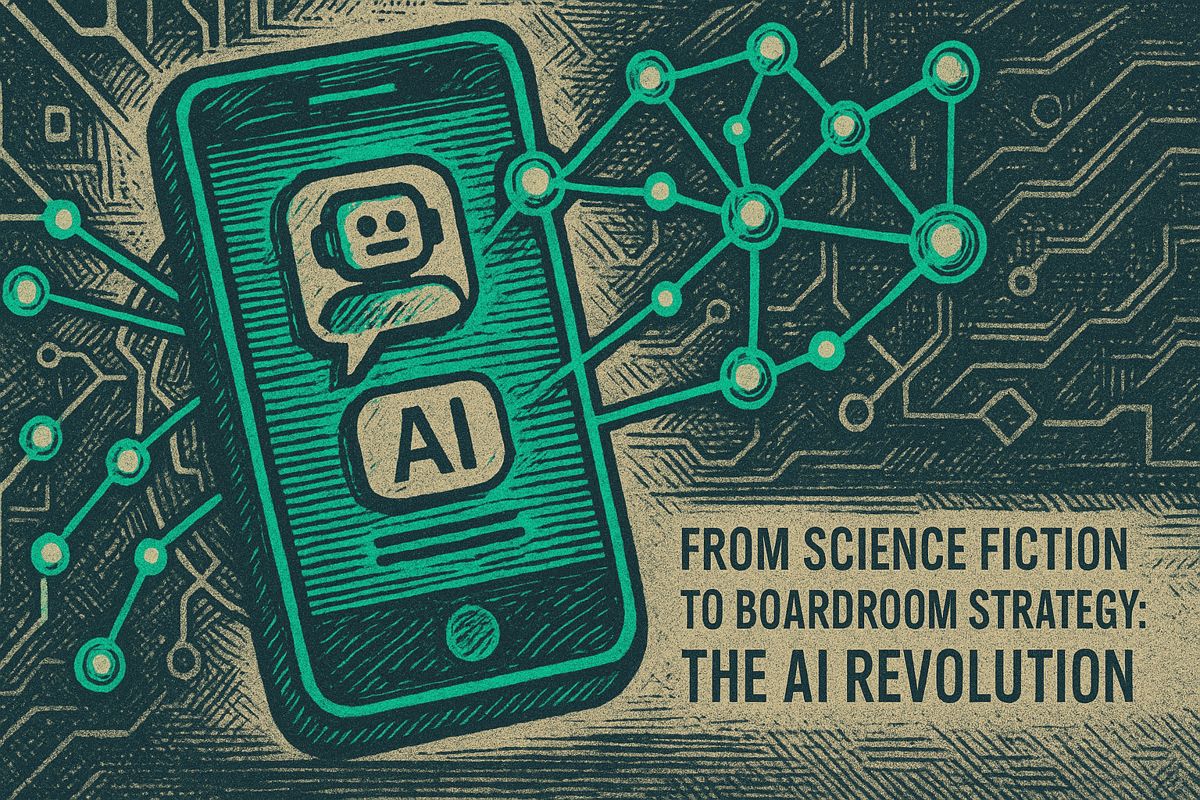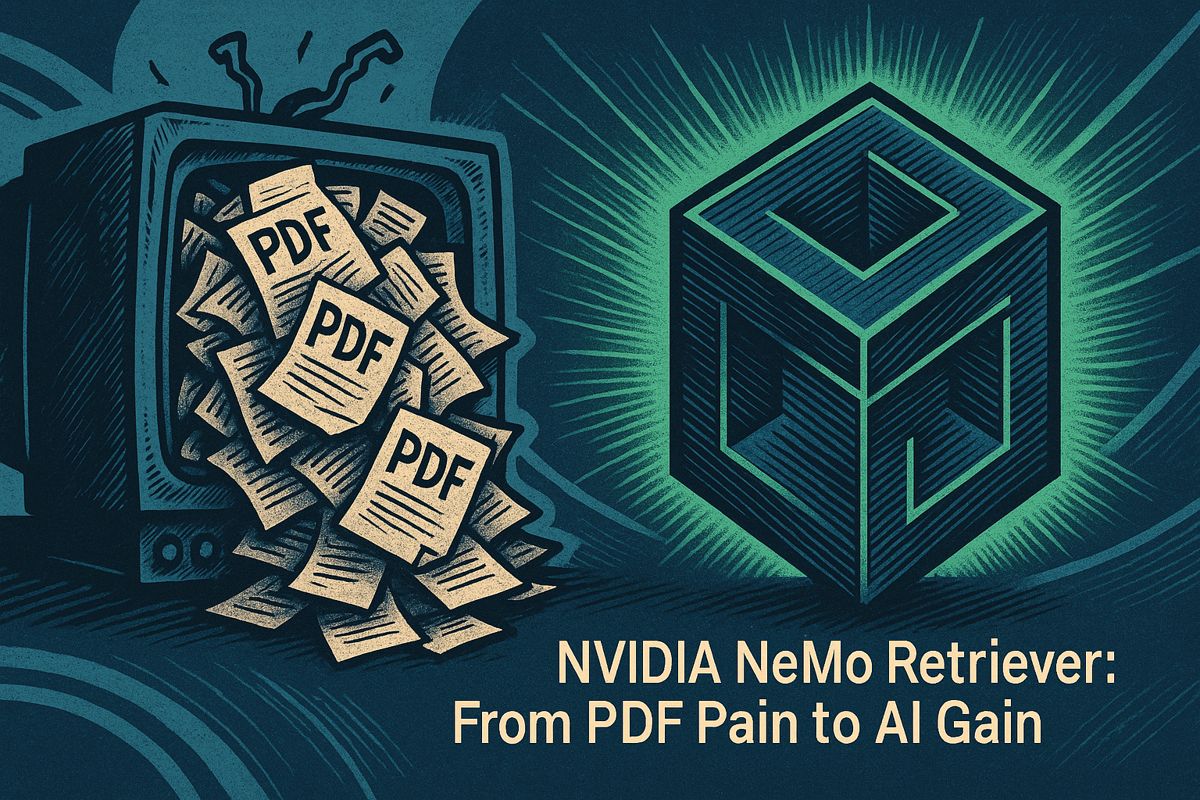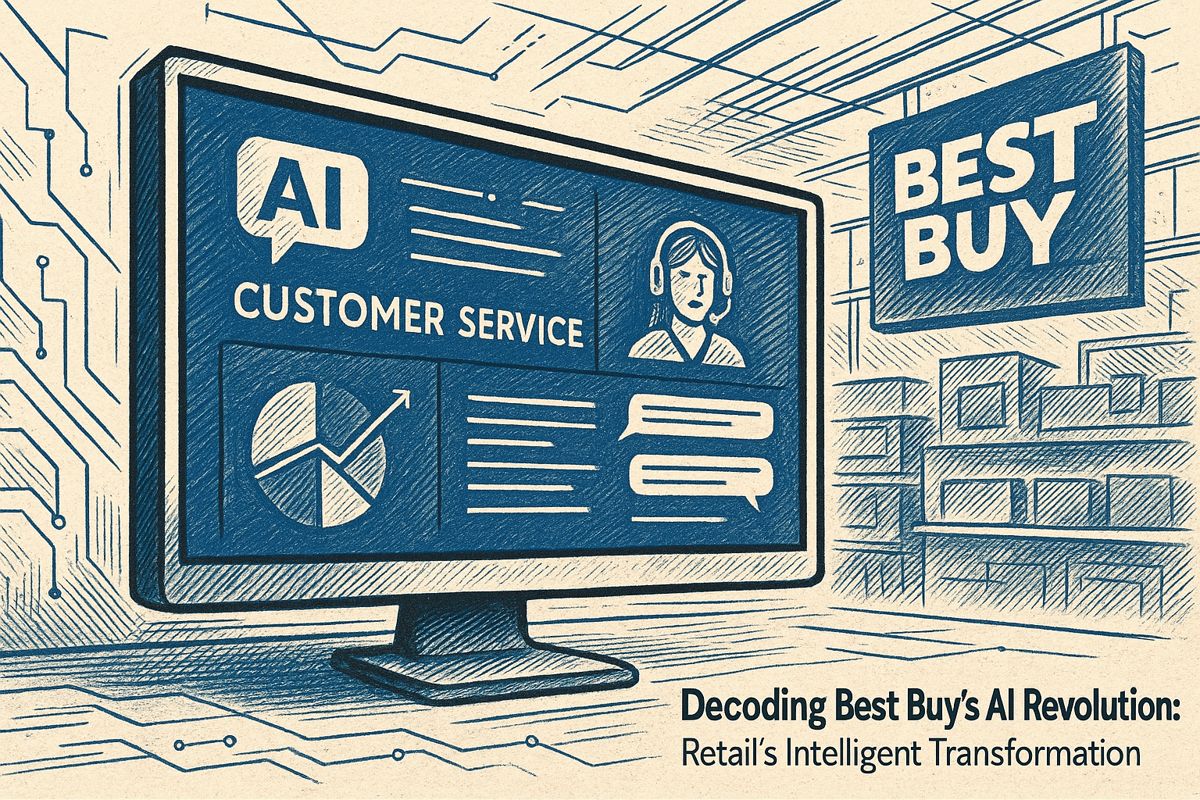Novo Nordisk is leveraging RAG AI to drastically reduce the time spent on legal and regulatory documentation, turning weeks of work into just ten minutes. This frees up human employees for more critical tasks, streamlining compliance for the pharmaceutical giant.
How is Novo Nordisk using AI to transform its compliance processes?
Novo Nordisk is leveraging AI, specifically retrieval-augmented generation (RAG), to automate the assembly of sensitive regulatory and legal documents. This technology draws from sanctioned archives to create accurate documentation, drastically reducing the time required from weeks to minutes. It aims to improve efficiency while maintaining human oversight for critical compliance tasks.
Haunted by Compliance, Charmed by Possibility
Sometimes, reading about a company’s daring new experiment—like Novo Nordisk automating legal paperwork with AI—catapults me straight back to my own days spent tangled in regulatory red tape. Back then, every comma in a draft was a potential landmine, and compliance hovered around us, a silent but ever-watchful owl. The question “Are you sure?” was our background music. Monotony? Oh, it was real. Still, when I stumbled across Novo Nordisk’s move, curiosity flickered beside nostalgia—imagine if we’d had that instead of our trademark caffeinated late nights?
Let’s not kid ourselves: this isn’t some utopian leap conjured by a Black Mirror script. Novo Nordisk, famous for Ozempic (you know, that runaway hit among diabetes treatments), is already using AI to wrangle its most sensitive regulatory and legal documents. Imagine the tension in those first project meetings—could they really trust an algorithm with documents that regulators scrutinize like entomologists inspecting beetles? But the proof piles up: they’re all-in. That’s gutsy.
I can still see my old teammate, Anya, hunched in her cubicle, tracing every footnote against shifting FDA guidance. She called it “the world’s slowest relay race.” Each baton pass—email, tracked change, or review meeting—felt like running through molasses. For years, that was our ritual. But apparently, rituals are made to be rewritten.
From Relay Race to Rocket Ride: The AI Workflow Unpacked
The new rhythm is electric—Novo Nordisk’s AI-driven workflow turns a slog into a sprint. The numbers? Try this: documentation that once took fifteen weeks to assemble now materializes in just ten minutes (see the WARP News article for proof). If you’re skeptical, you’re in good company; pharma and finance, two of the most tradition-bound sectors, have been glacier-slow to trust AI with sensitive material. One wrong phrase and, poof, you’re facing regulatory purgatory or a lawsuit.
What changed? After years of industry-wide hesitation, Novo Nordisk recognized that AI had finally matured enough for the big leagues. Enter retrieval-augmented generation—a mouthful, but a powerful one. This system doesn’t just make up language; it draws from a sanctioned archive, weaving together precedent phrasing, definitions, and references. The effect is uncanny, like watching a jazz pianist riff on familiar melodies. It’s quick, but also strangely comforting in its precision.
Let’s not forget: all of this is still under human supervision. Compliance teams haven’t been shown the door; instead, Novo Nordisk is giving them a chance to do more strategic, creative work. I’ll be honest: I’m relieved. When AI becomes an enabler, not an axe, there’s a note of pragmatic optimism in the air.
Privacy, Precedent, and the Pool Party Problem
Of course, privacy is no mere afterthought; it’s stitched into each step of the process, from workflow logging to data handoff. For a company that handles personal health data and life-changing therapies, this is table stakes. No slip-ups allowed.
Zooming out, there’s a canary-in-the-coal-mine vibe to this story. If Novo Nordisk can automate compliance-heavy workflows safely, banks, insurers, and even the energy sector are likely to follow. It’s as if pharma, typically the last kid to jump into the compliance pool, has suddenly cannonballed in—and now everyone else is sheepishly toeing the water.
I can’t help but laugh (just a little) when I imagine a junior analyst somewhere, savoring their first Friday in years not lost to bullet-point triage in a 400-page PDF. Ah, the sweet scent of freedom. But seriously—if you’ve ever groaned at a contract, you know how much this matters. Have other industries taken similar AI plunges, or is Novo Nordisk dancing alone?
Reflections, Ripples, and Real-World Results
Here’s my admission: I used to be suspicious of automation in compliance. Would we lose the human touch? But seeing how AI handles the grunt work and hands the baton back for sanity checks and nuanced edits—I’ve changed my tune. There’s a kind of relief in letting the robots handle the rote, while humans tackle the subtle and strategic. Plus, no one’s job is vaporized. That’s rare. Relief, that’s what I felt reading it.
The ripple effect is already visible. The Information’s reporting (Aaron Holmes and Jon Victor) labels Novo Nordisk’s experiment a benchmark for regulated industries. And the sensory detail that lingers in my mind? The click-clack of keyboards replaced by the soft hum of an algorithm at work—almost meditative, if you catch it on the right day.
Truth: I’m still watching for the next twist. Will this model break in spectacular fashion, or quietly become the new normal? Time will tell… For now, I’ll tip my hat to Novo Nordisk—and maybe tip a glass, too (cheers to you, compliance warriors).
Sources:
– AI shortens handling of pharmaceutical documentation from 15 weeks to 10 minutes (WARP News)
– AI Revolutionizes Pharma: Novo Nordisk’s Massive Time-Cut in Documentation (OpenTools.ai)
– Novo Nordisk Automates Regulatory Documentation with AI (Zaylan Associates)
– Novo Nordisk: Using Generative AI to Drive Enterprise-Wide Efficiency (Dataiku Community)
– Novo Nordisk harnesses AI/ML to accelerate drug development landscape (Pharmaceutical Technology)



















